#maserati racing
Photo

BERLIN, 2023 — Maximilian Günther, P3. (Photo by Sam Bagnall)
#fe#berlin eprix 2023#maximillian günther#max günther#max gunther#userbarbi#for u!#2023#ph#ph: sam bagnall#*ph#*m#maserati racing
71 notes
·
View notes
Text
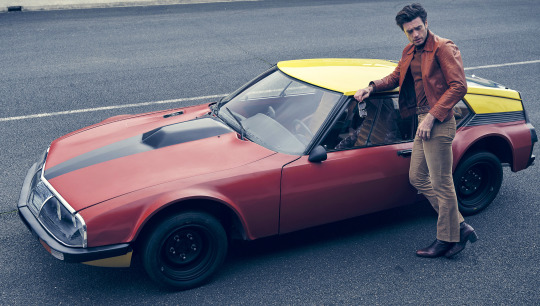
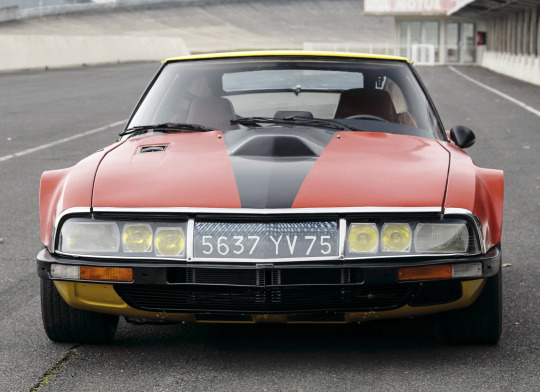
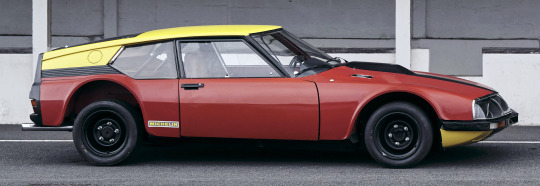
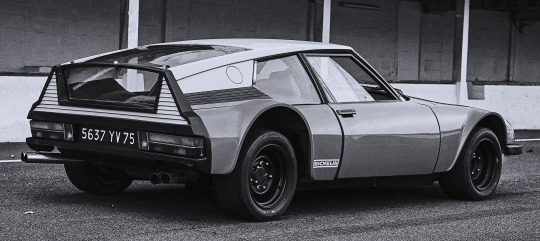
Citroën SMA "Proto Michelin," 1972. An experimental short wheelbase racing version of the SM fitted with a 3.0 litre Maserati V6 that produced 300hp
#Citroën#Citroën SMA “Proto Michelin”#Citroën SMA#Citroën SM#1972#experiment car#test vehicle#Michelin#race car#V6#Maserati engine#front wheel drive#prototype#short wheelbase
868 notes
·
View notes
Photo

Maserati
#maserati#ice race#frozen#snow#classic car#sports car#racer#racecar#car#cars#automobiles#classic cars#vintage cars#autos#automotive
763 notes
·
View notes
Text
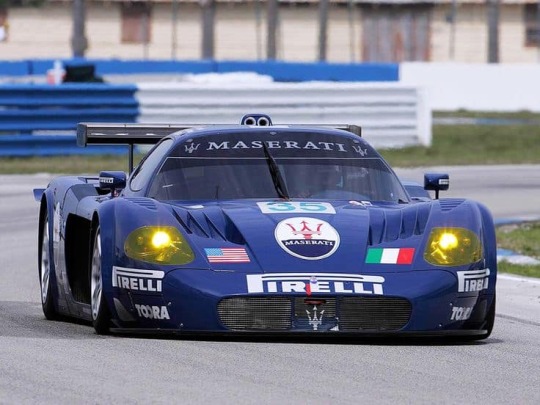
83 notes
·
View notes
Text


#maserati#mc20#gt2#mc20 gt2#maserati mc20#maserati mc20 gt2#race car#race cars#motorsport#gt races#cars#car#supercar#fast car#supercars#fast cars
70 notes
·
View notes
Text
Design sports car Fabio Ricardo // I.A. FR ART DESIGN



#mclaren#mclaren racing#supercars#exoticcars#lamborghini#ferrari#maserati#audi#luxury#wealth#koenigsegg#pagani#porsche#SUV#luxury car#fast car#muscle car#muscle cars#musclecar#musclecars#classic car#vintage car#car#cars#classic#vintage#aes#aesthetic#aesthetics#porsche 911
21 notes
·
View notes
Text


📸 @.maseraticorse You already know him: his name is Maximilian, but for racing enthusiasts, he's Max. As one of Formula E's youngest race winners, he thrived with the Trident in Season 9. And now all eyes on Season 10. [...]
#pretty eyes pretty face#why is the downgrade in the race suit design too maserati?! :( last year's one was so good#maximilian günther#formula e
28 notes
·
View notes
Text

Maserati 250F 2.5
Grand Prix racing wins
1954 Buenos Aires (Fangio)
1954 Spa (Fangio)
1956 Monaco (Moss)
1956 Monza (Moss)
1957 Buenos Aires (Fangio)
1957 Monaco (Fangio)
1957 Rouen (Fangio)
1957 Nurburgring (Fangio)
Forever associated with five-time Formula 1 World Champion, Juan Manuel Fangio, the Maserati 250F is the quintessential front-engined Grand Prix car. Designed principally by Gioacchino Colombo and Valerio Colotti, and introduced for the 1954 season, the 250F was constructed around a tubular ladder-frame chassis, with independent front suspension and a De Dion rear axle, and was powered by a 2½-litre double-overhead-camshaft straight-six engine.
Fangio secured two Grand Prix victories with the 250F before leaving for Mercedes-Benz, ending the '54 season as Formula 1 World Champion for the second time. Having secured a further two F1 World Championships, Fangio was back behind the wheel of a 250F, by this time further developed by Giulio Alfieri, for the 1957 season. Fangio drove to four more World Championship victories that year, including his legendary win at the Nürburgring where he overcame a 48-second deficit following a botched pit stop, passing race leader Mike Hawthorn on the penultimate lap. In doing so he broke the lap record ten times. Fangio's final win, this performance at the wheel of a Maserati 250F is often regarded as the greatest drive in Formula 1 history.
The late Sir Stirling Moss, who achieved his first Formula 1 victory at the wheel of a 250F when he won the non-Championship Oulton Park International Gold Cup in 1954, described the Maserati as "the most beautiful Formula 1 car in the world", an assessment few would disagree with.
#Maserati 250F 2.5#Maserati 250F#maserati#car#cars#racing#motor racing#f1#Grand Prix racing#grand prix#formula1#juan manuel fangio
27 notes
·
View notes
Text
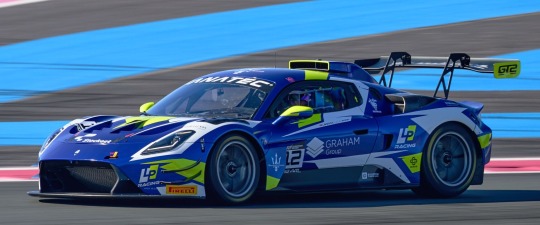

LP Racing pounced on the opportunity to start from pole in the debut of their N°12 Maserati MC20 GT2 which finished the 2023 GT2 European Series finale second overall at Circuit Paul Ricard FR.
#maserati mc20 gt2#gt2 european series#lp racing#circuit paul ricard#2023 gt2european#maserati mc20#maserati gt2#pro/am
37 notes
·
View notes
Text
MAXIMILIAN!!!!!!!!!!!!! IT WAS WORTH THE STRESS AND LACK OF SLEEP
#fe#formula e#love that silly german man#im so proud of him#max gunther#maximilian guenther#maximilian günther#maserati msg racing
12 notes
·
View notes
Photo
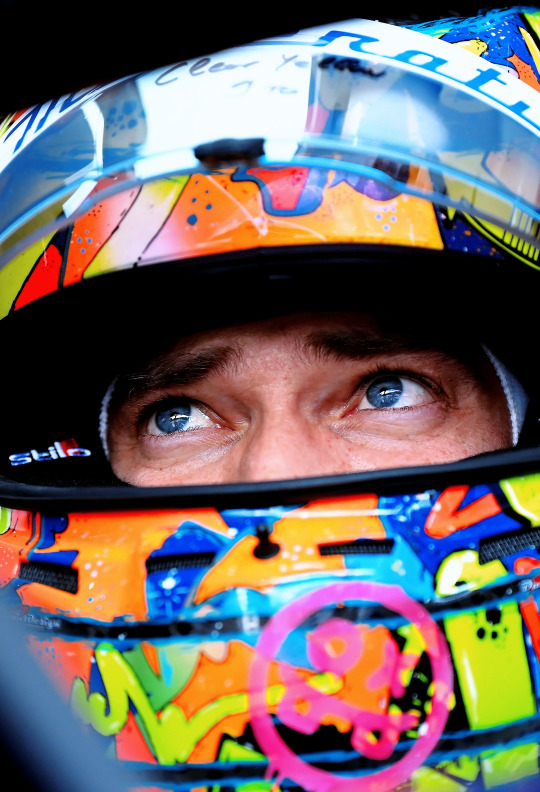
SÃO PAOLO, 2023 — Close-up of Edoardo Mortara. (Photo by Sam Bagnall)
#fe#são paolo eprix 2023#edoardo morata#dailyfe#2023#maserati racing#ph#ph: sam bagnall#*ph#*m#beautiful blue eyes...#for u bestie <3#[unnamed user] tag
80 notes
·
View notes
Text


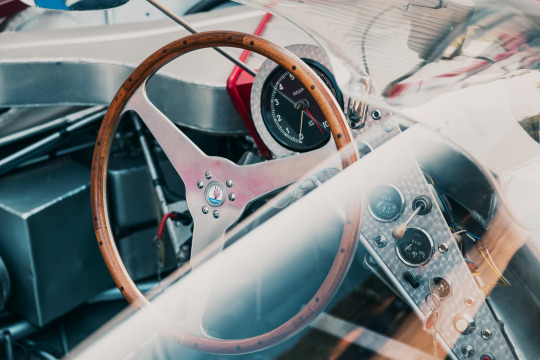
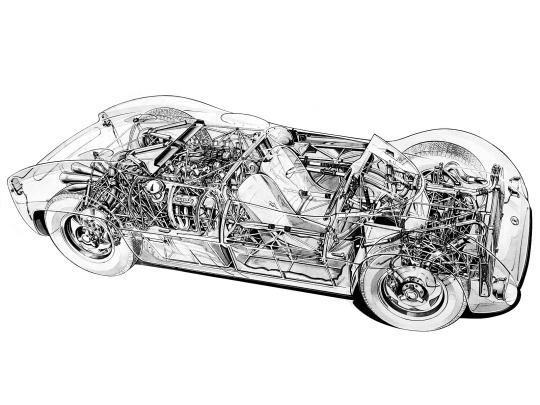

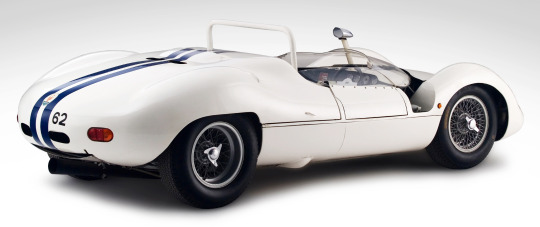
Maserati Tipo 63 "Birdcage", 1961. Another of the classic models that sponsors Maserati will be displaying at this weekend's 11th Le Mans Classic. Only 5 unit were produced, with the characteristic "birdcage" tubular space frame chassis and mid-mounted V12 engine
#Maserati#Maserati Tipo 63#Maserati Birdcage#1961#race car#track car#mid-engine#V12#Le Mans Classic#birdcage#show car
335 notes
·
View notes
Text

Here to stay 👊🏻🔱
#maximilian günther#max günther#maximilian guenther#max guenther#maserati msg racing#formula e#fe#maserati i am begging you to sell this jumper
45 notes
·
View notes
Text
So so pretty, but why does he stand like this though? 😂🧍♂️

31 notes
·
View notes
Photo

You go too fast for your car’s capabilities.
- Juan Manuel Fangio to Maria Teresa de Filippis
Maria Teresa de Filippis was a pioneer driver for women in Formula One Grand Prix. She made history as the first woman driver ever to qualify for a Formula One race at the Belgium Grand Prix in 1958. Formula One World Championship was a mere 8 years old when Maria made history and it would be almost 30 years before female driver would find herself on the starting grid. In 1975, Lella Lombardi, another Italian, finished 6th in the Spanish Grand Prix.
Maria Teresa de Filippis was born in Naples in 1926 and decided to enter the world of motor racing almost as a challenge from her two older brothers. Nicknamed “il pilotino” by her peers because of her small stature, di Filippis was only 22 years old when she sat behind the wheel of her Fiat topolino for what would be the first of many races. Her two brothers had challenged her to a race, convinced that she could not drive as fast as a man. In 1948 on the Salerno-Cava dei Tirreni 10 km course, where she traversed the winding roads of her native Italy, she decisively won, thumbing her nose at Antonio and Guiseppe, her older brothers and the other male drivers.
That very first victory ignited her passion for racing and in the following year she triumphed in several competitions in the 750cc category and came in second in the Italian Sports Championship. So impressed were they that Maserati, the famed sports car makers, brought it in as an in-house driver.

For 1953 – 1954 she moved on to an Osca 1100 cc in which she won the 12 Hours of Pescara, the Trullo d’Oro, the Catania-Etna, and the circuits of Caserta and Syracuse. Her victory in the Catania-Etna was done in record time, a speed record that remained undefeated for the next three years. 1955 was the year Maria Teresa de Filippis transitioned to a Maserati 2000 A6GCS where she continued to confound expectations and prejudices and garner immense respect from other male drivers. The victories followed one another and at the Grand Prix of Naples in 1956, she started in last position and sneaked in to finish in second place in Italian Sports Championship.
Eventually an invitation to race in Formula One. She made her debut at the Spa-Francorchamps circuit at the wheel of Manuel Fangio’s Maserati 250F, crowned champion the previous year. Fangio and de Filippis were close and she considered him her big brother. Fangio for his part was effusive about the skill and courage of the diminutive Italian woman. He said to her once, jokingly but also as a nod to her driving ability, “tu vai troppo veloce per le possibilità della tua macchina!” (you go too fast for your car's capabilities!)

She tried and failed three times - including the Monaco Grand Prix - to qualify for the grid. Each time she narrowly lost out. But finally her chance came at the Spa-Francorchamps circuit of the Belgian Grand Prix in June 1958. She qualified in 19th place and in a time that was almost 34 seconds slower than Ton Brooks’ pole position. She came in 10th (and last place) and just by finishing she had made history. It was the prove to be her only race finish in the four Grand Prix she competed in.
At the French Grand Prix in 1958 controversy arose when she was forbidden to race by the race director, following the death the day before of Frenchwoman Annie Bousquet at the 12 Hours of Reims race. The race director dismissed the objections of both Maserati and de Filippis by declaring that “the only helmet a woman should wear is the hairdresser’s helmet.”

Despite fighting prejudice from race organisers (with the exception of Bernie Ecclestone with whom she shared a warm life long friendship), amongst the drivers she commanded total respect. In this Golden Age of racing, racing sports cars at such incredible speeds was a death trap and safety measures that today are taken for granted were simply not there. It was her courage and determination in driving age she once described as both cruel and beautiful. The death of her friend and driver Jean Behra, Porsche team leader in 1959 in a secondary race at the German Grand Prix, left a profound mark on her. It was one death too many. Other deaths were to follow on the track in the years to come, and perhaps none as traumatic as the great three time world champion, Jim Clark, in 1968.
Maria felt she had pushed the limits of her own luck on the track that she called “corsa contro la morte” (race against death). She promptly retired from professional racing after Behra’s death. She decided to settle down and start a family. She married an Austrian chemist and focused on her family. She stayed away from all racing until she gingerly stepped back in 1979 when Maria joined the International Club of Former F1 Grand Prix Drivers. In 1997 she was appointed Vice-President. In 2004, she also went on to become a founding member of the Maserati Club, eventually become its chairperson. For the most part though she avoided the public glare until she was almost forgotten. She was 89 years old when she died in 2018 surrounded by family.

Her story is one of courage, tenacity, and audacity. There is no better role model for women than Maria Teresa de Filippis especially in male dominated fields such as Formula One racing but also other tough professions.
It was one of my greatest honours of my life to have met her as a little girl through my grandfather with whom she shared a friendship. She was a living inspiration as I sought my goal to fly combat helicopters later in life. I had a personalised note from her that I had stuck inside my locker door at Sandhurst as a source of motivation and determination to succeed. I sent her a card with a picture of me after I qualified as a trained combat pilot and got my ‘wings’.
#maria teresa de filippis#de filippis#juan manuel fangio#fangio#quote#grand prix#racing driver#femme#female#woman#racing cars#formula one#pioneer#racing#motorsports#italian#italy#maserati#inspiration#heroine#personal
69 notes
·
View notes
